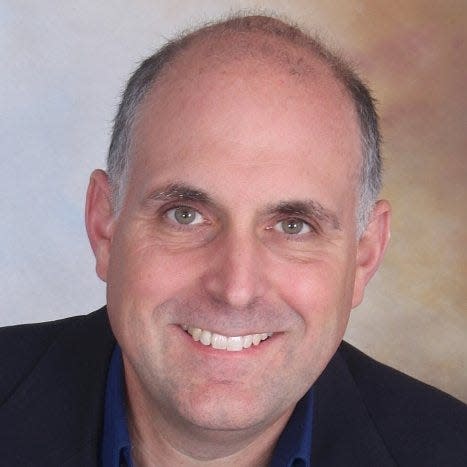The problem with low voter turnout and how to fix it | Steve Brawner

Sarah Huckabee Sanders enjoyed a landslide win in last Tuesday’s primary elections, but she actually only won the votes of 16.4% of the state’s registered voters, and she would have been on her way to the Governor’s Mansion with only half of that.
According to the latest numbers, 457,111 Arkansans cast ballots, which is 25.9% of the state’s 1,762,024 registered voters. It’s only 19.7% of the voting age population, although some people aren’t eligible because of a felony conviction.
The 25.9% was better than expected. Secretary of State John Thurston’s office had predicted 20%. He had no way of knowing, but reporters have to ask somebody.
That extra 5.9% seemed like a cause to celebrate, but that’s because it often feels better to exceed low expectations than to fail to meet high ones.
By any expectation, a turnout of 25.9% is low but not surprising given recent history. According to the U.S. Election Assistance Commission, Arkansas’ 54.1% turnout of its citizen voting age population in 2020 was the lowest of any state.
Why care about turnout? Because the fewer people who vote, the more power goes to those who do.
This especially matters in primary elections in Arkansas, which is when many elected officials are actually chosen. The November elections are largely a formality. Republicans will win statewide and in most districts. Democrats will win in parts of the Delta, Little Rock and northwest Arkansas. There are few places where the two parties actually compete.
That means candidates get elected by winning a majority of the small number of voters who vote in their primary, and then they’re set for November if they have the right letter by their name.
Primary voters tend to be more passionate, ideological and partisan than the general election voting population, and they tend to vote for candidates who are like them or at least act like it. It happens in both Republican and Democratic states, which is a big reason why Congress can’t even pass a budget, much less a balanced one. There are not enough lawmakers in the center to bridge the differences between the left and right – which are moving farther left and farther right.
Turning the focus back to last Tuesday’s results, Sanders had the most votes of any candidate in any race in Arkansas, 288,816. She won 83% of the vote in the Republican primary.
That’s a landslide. But it still means that of the 1.762 million registered voters in Arkansas, only 16.4% voted for her. And because they did, she’s basically been elected.
In fact, Sanders could have had the support of 8.2% of registered voters and still would be our likely next governor. That’s how democracies can elect fringe candidates, although she is not one.
There are reforms that might help make elections more broad-based. Top-two and top-four primaries print every candidate’s name on every ballot, regardless of party, and the leading finishers advance to the general election – again, regardless of party. These systems would force candidates to campaign to a broader slice of the electorate during the primary. They also would make November elections more competitive. Republican candidates in Arkansas would no longer be guaranteed of winning then because they might be facing another Republican.
Another reform is ranked choice voting, where voters rank the candidates. If no candidate wins an outright majority, then voters’ second choices start coming into play. It encourages candidates to appeal to more voters because they might need those second choice votes. In a multi-candidate race, it also lessens the possibility of electing a fringe candidate who is the first choice of 20% but nobody’s second.
Ranked choice voting is how military and overseas Arkansans vote now. A group of citizens tried to qualify a statewide top-four, ranked choice voting constitutional amendment in 2020, but the state Supreme Court disqualified the effort because of a signature technicality.
No reform will be perfect. It can be argued that parties actually should be partisan so voters know what they’re getting.
Regardless, there is another solution: In 2024, if you care enough to vote in November, vote in the primary, too. That’s when it will matter the most.
Steve Brawner is a freelance journalist and syndicated columnist. Email him at brawnersteve@mac.com or follow him on Twitter at @stevebrawner.
This article originally appeared on Fort Smith Times Record: The problem with low voter turnout and how to fix it | Steve Brawner
